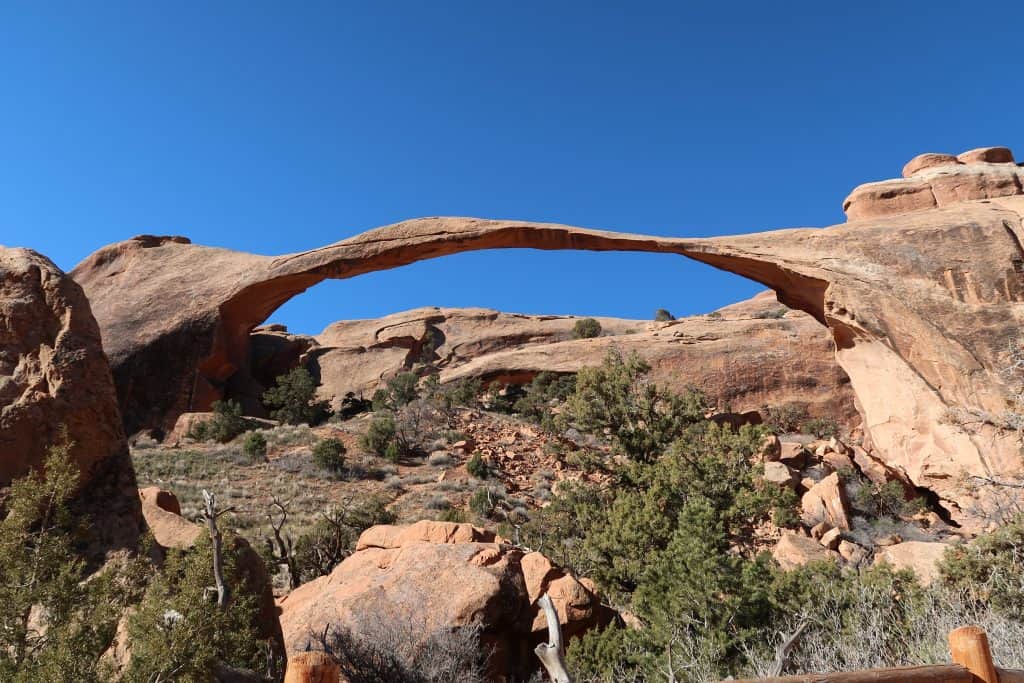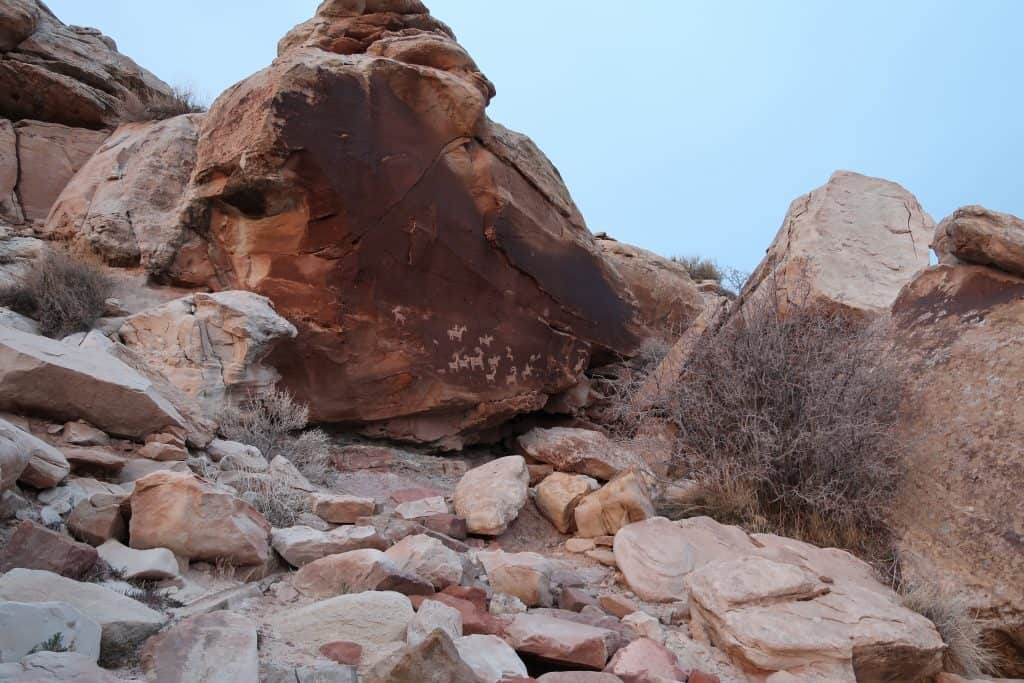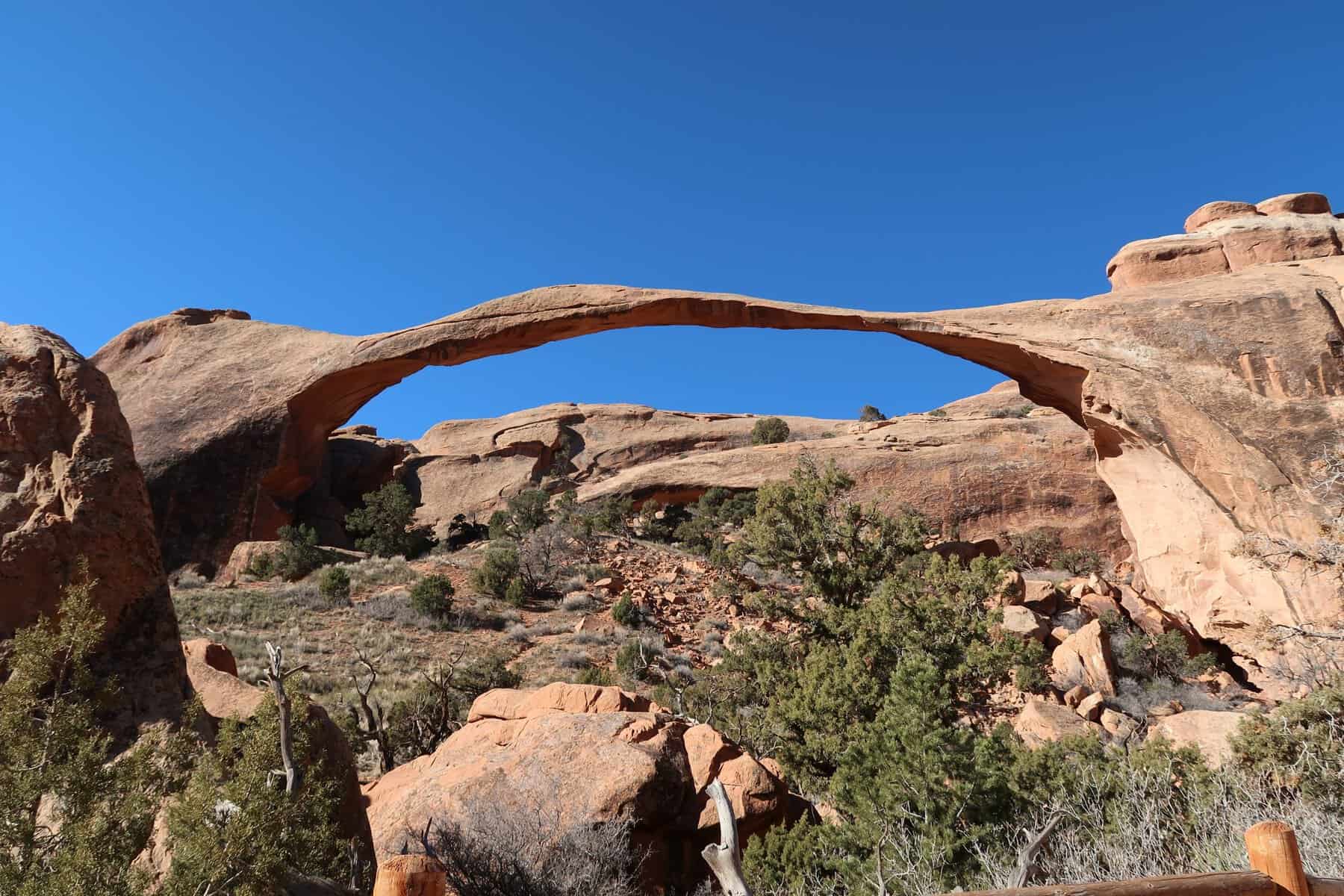Arches National Park is one of the most popular national parks in the United States, attracting over 1.5 million visitors each year. However, despite its stunning natural beauty and unique geologic features, Arches is facing a number of significant challenges that threaten the park’s resources and visitor experience. Here, we explore these challenges and the efforts being made to address them.
How do crowds impact Arches National Park?
One of the biggest challenges facing Arches National Park is overcrowding. With its stunning natural beauty and popular tourist attractions, Arches has become a popular destination for visitors from all over the world. This increased traffic has put a strain on the park’s resources including its trails, facilities, and natural features.
Additionally, overcrowding can lead to the degradation of the park’s delicate ecosystem and impact the park’s wildlife and vegetation. Some of the ways in which overcrowding can lead to degradation are:
- Soil compaction: When too many visitors walk or stand on the same area of land the soil can become compacted. This can reduce its ability to absorb water and nutrients, and it can affect plant health and lead to erosion.
- Trail erosion: Heavy foot traffic on trails can cause erosion which can damage the surrounding ecosystem by exposing bare soil, destroying vegetation, and disrupting wildlife habitats.
- Wildlife disturbance: Overcrowding can also disrupt the natural behavior of wildlife causing them to move away from popular areas or change their feeding patterns. This can have cascading effects on the entire ecosystem as different species depend on each other for survival.
- Pollution: Increased visitor traffic can also lead to increased pollution such as litter, noise, and vehicle emissions. This can have a negative impact on the air and water quality in the park harming both plant and animal life.
- Damage to cultural resources: Arches National Park is home to a number of cultural and historical resources including rock art and ancient ruins. Overcrowding can lead to damage or destruction of these resources, either intentionally or unintentionally, through vandalism, graffiti, or trampling.
- Damage to sandstone features: The park’s delicate sandstone formations and other natural features are vulnerable to damage from human activity including erosion, trampling, and graffiti.
- Stressed water resources: More visitors means increased water consumption, increased litter contaminating the waterways, increased destruction of rapirian habitats, and increased erosion leading to sedimentation of waterways.
- Introduction of invasive species: When more people visit the park there is a greater chance that invasive species will be inadvertently introduced and spread through human activities. Between seeds on clothing, shoes, and cars, and the tilling effect of soil disturbance, human activity is a risk factor for the introduction of invasive species.
By balancing the demands of visitors with the need to protect the park’s natural and cultural resources, the park is working to preserve and honor all interests in a sustainable way.

How does climate change affect Arches National Park?
Climate change is also a significant challenge facing Arches National Park. Rising temperatures and changing precipitation patterns are affecting the park’s natural features, wildlife, trails and facilities.
In addition, the park’s iconic sandstone formations are vulnerable to damage from rising temperatures and intense weather events such as flash floods and wildfires.
Addressing the issues facing Arches National Park
The National Park Service, in partnership with industry and academic partners, is conducting research to better understand the park’s resources and the impact of increased visitor use. This research is helping to inform the development of management strategies that aim to protect the park’s resources and improve the visitor experience.
The National Park Service is also working to reduce the impact of overcrowding by improving the park’s infrastructure and visitor services. This includes the development of alternative transportation options such as shuttle services and bike trails to reduce the number of vehicles entering the park.
In 2023, Arches National Park took steps to manage the daily number of visitors to the park. In order to enter the park, those arriving from April through October are now required to hold a valid, timed-entry ticket. Reservations and information for this program are available HERE.
Additionally, the National Park Service is working to improve the park’s facilities such as picnic areas, campgrounds, and visitor centers to better accommodate the increased visitor traffic.
The National Park Service is also working to address resource degradation by implementing best practices for resource protection and conservation. This includes the development of guidelines for visitor use and the management of water resources. It also prescibes plans for the removal of invasive species and the restoration of damaged natural features.
Reservation requirements for the delicate, Fiery Furnace hike are an example of the park’s protective measures of its natural resources. Read more about Fiery Furnace, what makes it our favorite family hike, and how to enjoy access to this special place.

Finally, the National Park Service is working to raise awareness about the challenges facing Arches National Park and the importance of conservation and sustainable tourism. This includes providing educational resources and opportunities for the public to get involved in the efforts to protect the park’s resources and improve the visitor experience.
How can visitors help to preserve and protect Arches National Park?
There are several things visitors to Arches National Park can do to help preserve this beautiful natural wonder for future generations. Here are some tips:
- Stay on designated trails: Stick to designated trails and avoid walking or hiking off-trail. This helps prevent soil erosion and protects fragile desert plant life from being trampled.
- Pack it in, pack it out: Visitors should pack out everything they bring into the park and dispose of their trash properly. Litter and trash can be harmful to wildlife, and they can also detract from the natural beauty of the park.
- Respect wildlife: Visitors should maintain a safe distance from wildlife and avoid feeding them. Feeding wildlife can habituate them to human food which can be harmful to their health and disrupt natural ecosystems.
- Practice Leave No Trace principles: Follow the principles of Leave No Trace which includes minimizing campfire impact, properly disposing of human waste, and respecting other visitors.
- Reduce water usage: Visitors can reduce their water usage by taking shorter showers, turning off the faucet when brushing their teeth, and using reusable water bottles.
- Avoid using off-road vehicles: Visitors should avoid using off-road vehicles in the park, as this can damage the fragile desert ecosystem.
- Educate yourself: Learn about the natural and cultural resources of the park and the efforts being made to protect them. The park offers a range of educational programs, and visitors should take advantage of these opportunities to learn more about the park and its conservation efforts.
By following these simple tips, visitors can help preserve Arches National Park for generations to come. Visit the Arches National Park Conservation Association for ongoing updates.
Through research, infrastructure improvements, and public engagement, the National Park Service and its partners are working to ensure that Arches remains a magnificent and sustainable national park for generations to come. Let’s all do our part!

